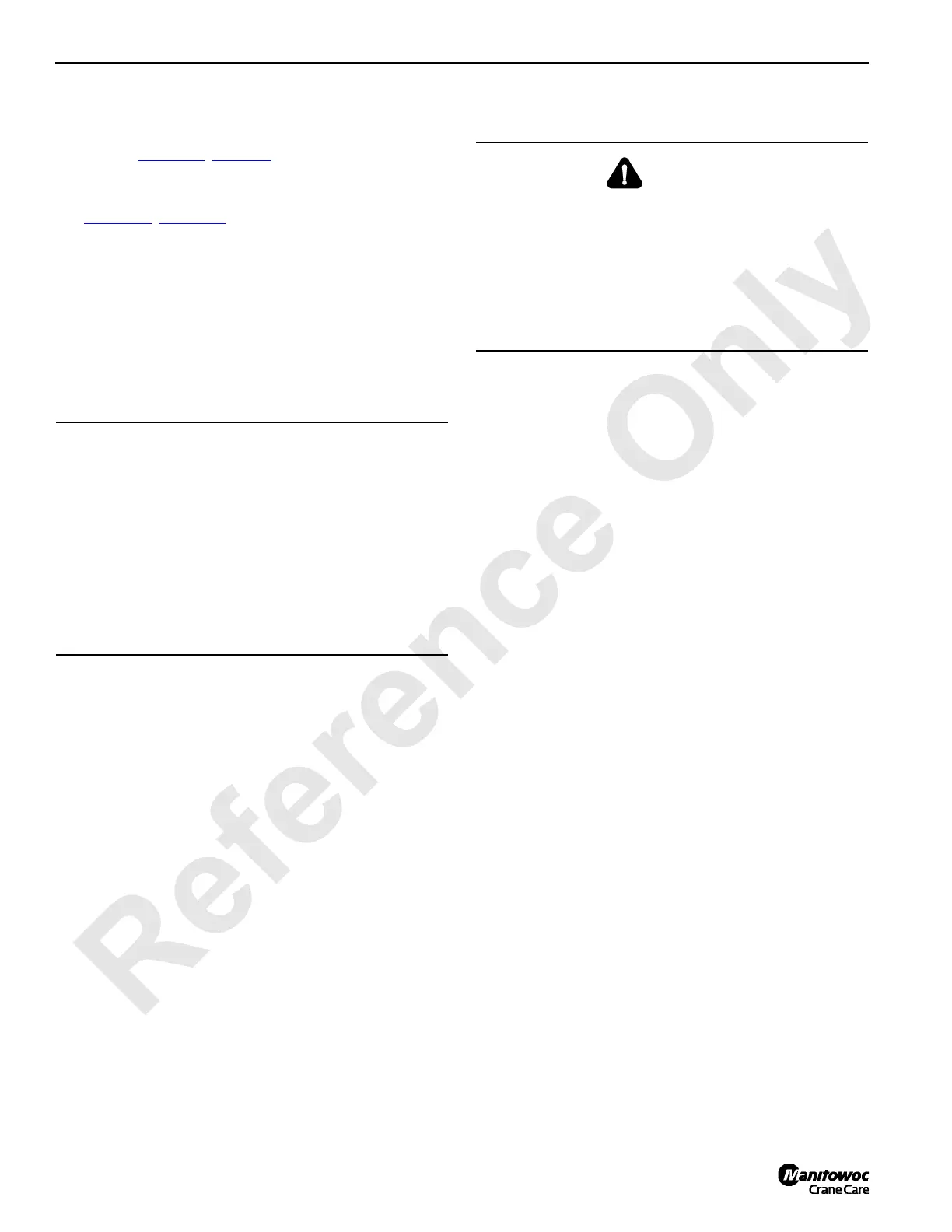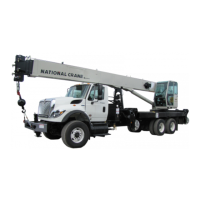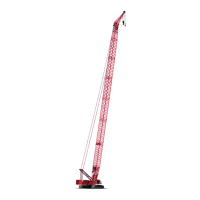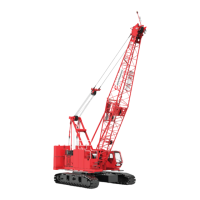POWER TRAIN 14000 SERVICE MANUAL
7-10
Published 09-05-14, Control # 226-02
Fill and Deaerate a Drained Cooling System
1. Open the air bleed valve located on the upper radiator
tube (3, Figure 7-8
, page 7-9).
2. Open the two air bleed valves located in the coolant
hose manifold in the aftertreatment exhaust system (see
Figure 7-9
, page 7-13).
3. Check that the cab heater valves (lower right side of the
engine) are open. In the cab, place the heat control to
maximum.
NOTE: It is not necessary to turn on the heater fan.
4. Close the drain valve (left side of the radiator).
5. Open the access cover and remove the pressure cap.
6. Add a coolant additive to the radiator.
NOTE: Maximum fill rate is 3 GPM (11 liters/min).
7. Add a 50-50 mix of water and ethylene glycol to the
radiator.
While filling the radiator, watch the three air bleed
valves. When coolant appears at the valves, close the
valves.
NOTE: The capacity of the cooling system is
approximately 12 gallons (45 liters).
8. When coolant is visible in the sight glass, wait 2-3
minutes, then add coolant again as needed.
9. Start the engine and run until the thermostat opens.
Do not stand near the radiator while the engine is
running with the pressure cap removed.
10. Reduce engine speed to low idle for two minutes to cool
down engine components, then turn off the engine.
11. When the engine has cooled, add coolant until it is
visible in the sight glass. Install the pressure cap and
close the access door.
CAUTION
Maintain Coolant Additive
A proper concentration of a Supplemental Coolant
Additive (SCA) must be maintained to prevent engine
damage.
A Supplemental Coolant Additive must be used in the
cooling system to prevent liner pitting and for scaling
protection.
Check the SCA concentration according to the schedule
in the engine manufacturer’s manual and per the
manufacturer’s warnings, cautions, and instructions.
WARNING
Chemical and Burn Hazard
Coolant could spray from an open radiator pressure cap
while the engine is running. Do not stand near the radiator
while operating the engine with the pressure cap
removed.
Coolant is toxic. Do not ingest. If not reused, dispose of in
accordance with all local and other applicable
environmental regulations.
